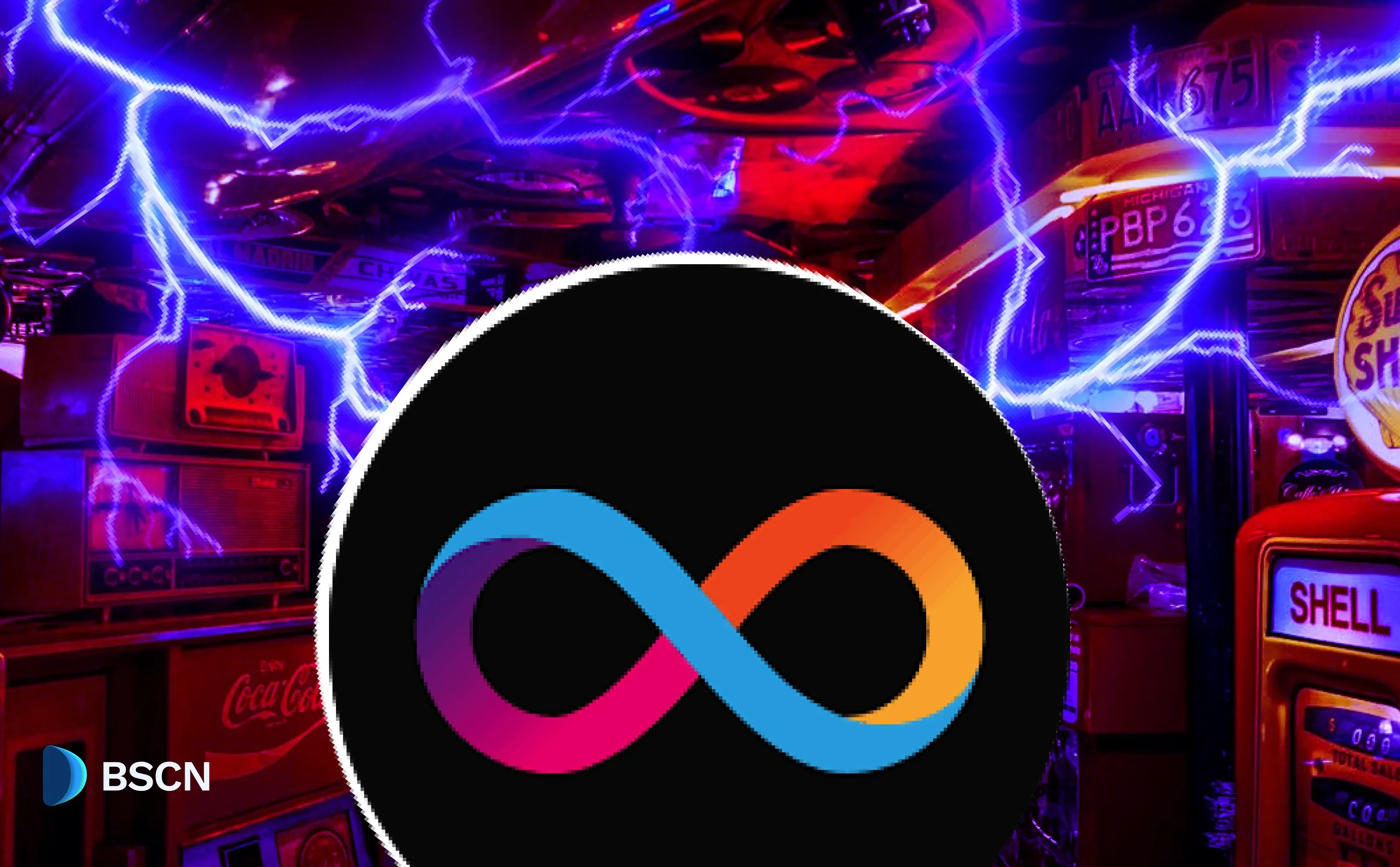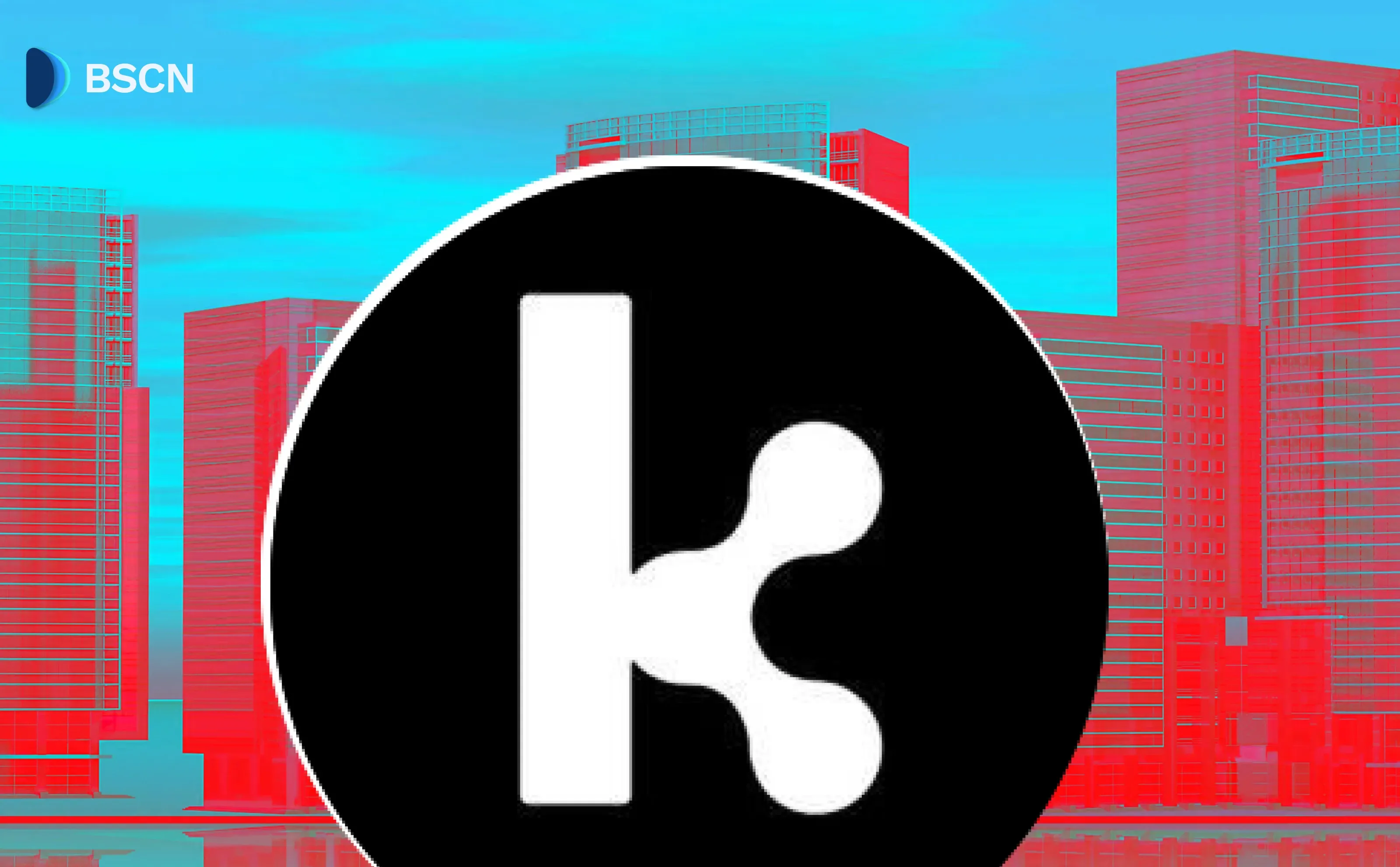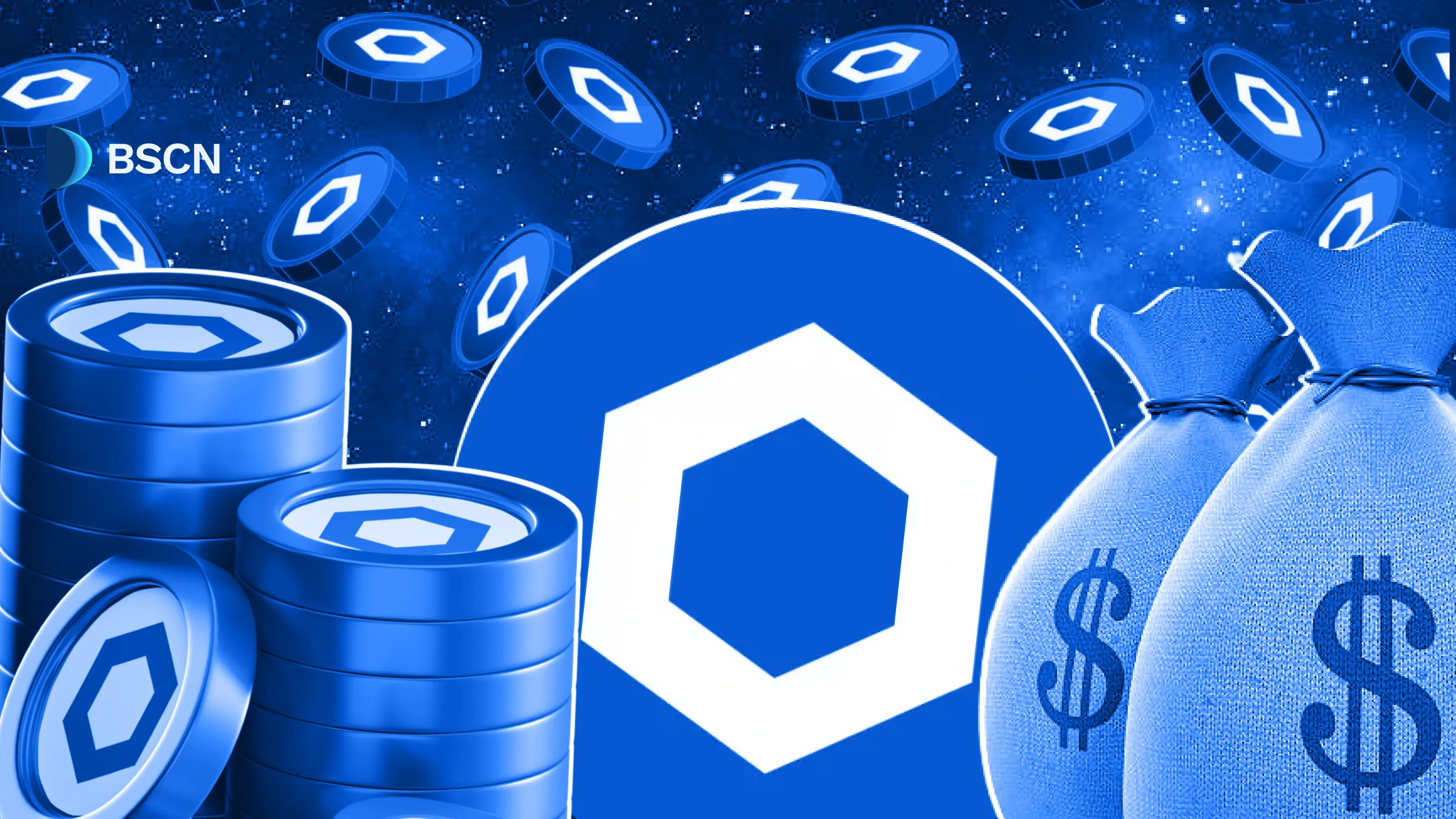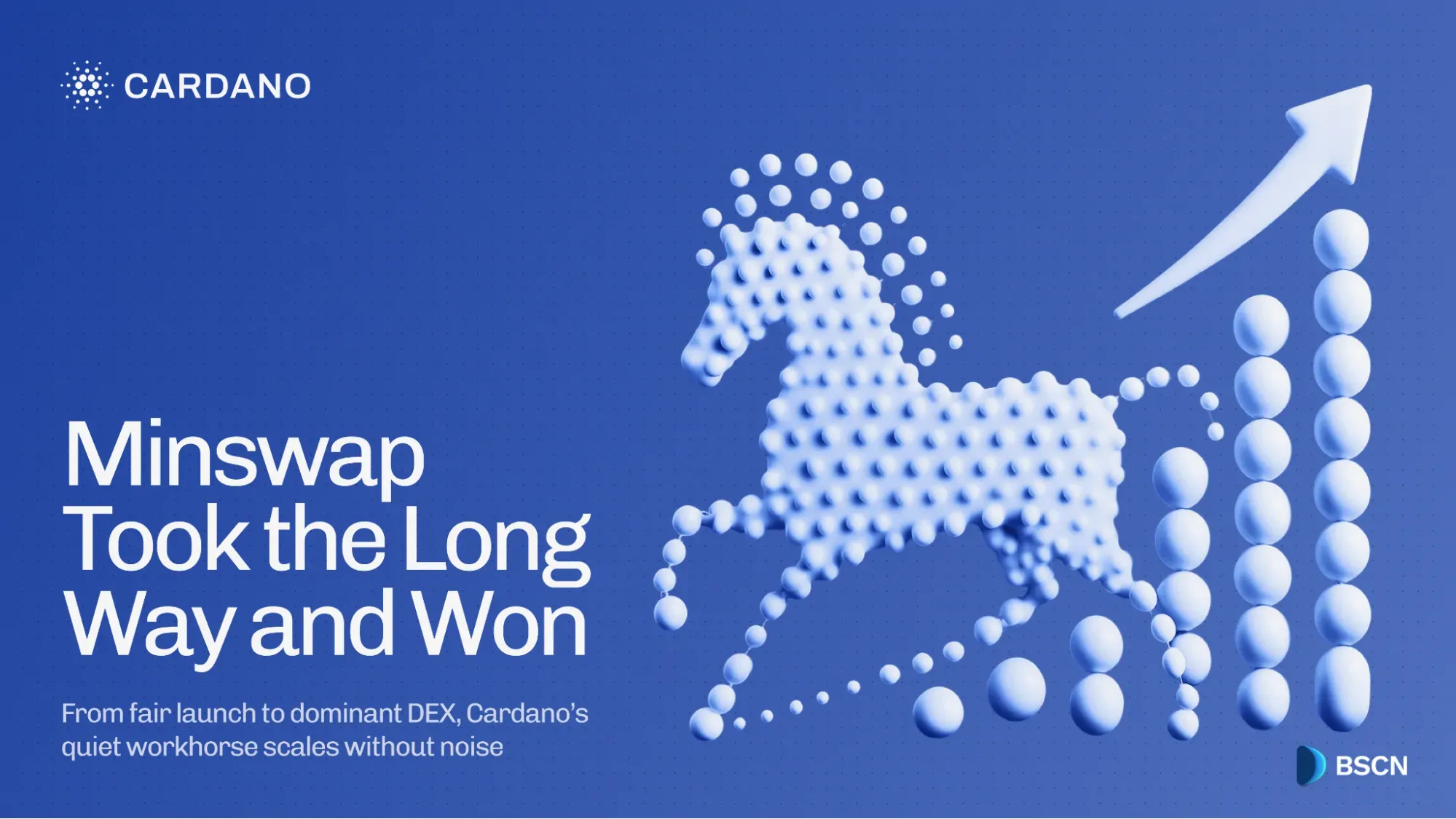BNB
Project Insight: Belt.fi

Currently, Belt.fi is focused on optimizing all avenues of yield on the BSC. The team provides optimization engines for both single coin liquidity and traditional liquidity pairs.
BSCN
March 10, 2021
Belt.fi
Belt.fi innovates on traditional decentralized exchanges (DEX) that leverage automated market-making (AMM) technology to facilitate seamless transactions. This protocol sets itself apart as it will provide users with yield optimization, lending, and yield generation to maximize user returns. Belt.fi aims to innovate on models such as Curve Finance, yearn.finance, and Pickle Finance to make all in one user experience. Belt.fi has chosen the Binance Smart Chain (BSC) to take advantage of the low transaction speeds and high throughput, which is much more user-friendly than the Ethereum network. Lastly, Belt.fi focuses on reducing impermanent loss (IL) risk through pairing highly correlated assets together in liquidity pools.

Key Features
- Automated Yield Compounding
- Dynamic Yield Optimization Engine
- AMM With Low Slippage and IL Risk
- Decentralized and Permissionless Token Swaps
Earn & Vaults
One of Belt’s cornerstones is its ability for users to earn yield and automatically compound it. This begins through Belt.fi’s lending aggregator. This aggregator seeks out the best yields on lending protocols, shifting funds between Venus and other leading protocols. In short, Belt.fi ultimately optimizes the lending process allowing users to sit back while they are receiving the highest possible yields. Below is a flow map of the lending engine:

Following suite, the team also has vault strategies. These are pools of capital that follow procedures programmed by smart contracts. The vaults’ goal is to automate the yield farming process while taking advantage of the best yield opportunities. These are highly beneficial to users as it drastically lowers the barrier of entry for yield farming. Vaults take out the work of shifting capital and rebalancing positions while simultaneously saving all users gas costs. Below is a flow map of the lending engine:

bTokens

bTokens share the same properties of liquidity provider (LP) tokens, acting as a receipt. bTokens expressly represent liquidity provided in a Belt depositor contract. These tokens allow users to track their LP positions and receive incentives through staking the bTokens. For example, a user who deposits DAI in the Belt Depositor will receive bDAI in return.
If the liquidity position begins to generate a profit, the user's bTokens will increase in value. Once liquidity is withdrawn, the bToken will be burned 1:1, allowing users to capture their profit in the initial asset deposited.
Even further, the team at Belt.fi ensures users are receiving the best rates through their yield optimization engine. If Venus doesn’t offer the best lending rates, the bToken will automatically rebalance your position to the protocol with better rates. This introduces an extra layer of risk as multiple protocols are used, but it allows for yield maximization.
Liquidity Pools
For those who are unaware, liquidity pools are tokens deposited by users into a smart contract. Users provide liquidity (tokens) to smart contracts to receive liquidity incentives, typically in the respective protocols native governance token. The protocol distributes these incentives to the liquidity providers to bootstrap the necessary liquidity. These tokens are required to facilitate the transactions the protocol aims to carry out, making their DEX’s or lending products function. These pools are typically made up of a token pair split in a 50:50 manner. This creates a liquidity pool that traders can use to swap tokens. For those who wish to learn more about liquidity pools, check out the following general overview:
Cryptonomics: Yield Farming Explained

Belt.fi takes this model a step further, allowing users to pool any token or LP token. Belt.fi pools will focus on having a group of tokens or LP’s with the same value or high correlation. This is done to reduce transaction fees, slippage, and impermanent loss. It ultimately allows Belt pools to generate high yields, rewarding the liquidity providers more than traditional AMM’s. The Belt.fi team has outlined the following variety of pools:
Instant-swap protocol (like PancakeSwap) LP pools
Vault with lending protocols (like Venus) token pools
Staking assets & assets (like ETH-BETH) pools
Tokens + pool tokens (like VAI - venus pool ) pools
Non-yield non-impermanent loss stable vault pools with AMM profits

The Belt.fi team has implemented these novel features to extend multiple forums yield generation to all users. This model caters to a plethora of different users as there is not a single strategy to rely on. Users who prefer to provide liquidity in a pair can do so, while those who prefer single-sided liquidity can also take advantage of Belt. fi’s yield optimization contracts.
Tokenomics

The above chart outlines the token allocation for the initial supply of BELT. It is important to note that BELT is an inflationary token by design as are all AMM DEX tokens. This model is adopted to ensure that liquidity providers are compensated for providing liquidity. Once the PancakeSwap IFO is complete, the token will begin its emission schedule. The emissions for the token are as follows:
BNB-BELT PancakeSwap LP stakers: 0.5 BELT/block
Venus pools in Belt.fi: 0.5 BELT/block
Build Allocation: 0.178 BELT/block. The build allocation will be used to ensure sustainable development and rapid innovation. This equates to about 15% of mined BELT.
The team has also introduced a few deflationary mechanisms into the protocol to combat inflation. The first mechanism is a 50% burn of all swap fees. This is executed through a smart contract which takes half of the swap fee and buys back BELT. This BELT is permanently removed from circulation by sending it to a dead address. As for the remaining half of the fees, they are distributed to liquidity providers. On top of this, 8% of all yield generated is used to buyback BELT and burn it. This is executed in the same manner as the transaction fee burn. The system allows the BELT supply to be governed, reducing the inflationary pressure. Users who wish to view the amount of tokens burned are transparently displayed on the Belt.fi website.

These mechanisms are in play to offset the inflationary pressure created by AMM tokenomics models. As the protocol continues to develop, I would like to see further deflationary measures to the liking of PancakeSwap. When maximized, deflationary mechanisms can drive tons of value to long-term token holders. Overall, it is impressive to see deflationary mechanisms put in place which BELT token holders can govern. BELT holders must have the tools to manage the BELT supply, and they do!
The Belt.fi documentation does a beautiful deep dive into all the tokenomics mechanics covered above:
Team

The Belt.fi team has extensive experience in the blockchain space. Belt.fi is created by Ozys, a leading blockchain technology company incorporated in 2018. Ozys is a member of the Klaytn Governance Council alongside multinational businesses and organizations, including Binance, Huobi, MakerDAO, LG Electronics, and Kakao. The company manages a variety of protocols with over $800 million in TVL combined. These protocols all have received audits from the following renowned services: Certik (KLAYswap), QuantStamp (KLAYstation), Trail of Bits (EveryDAI), and SOOHO (Allbit). In short, the Ozys team boasts its own blockchain, Orbit, alongside various protocols such as KLAYSwap and KLAYStation.

The team has proven continued success in the space, and they don’t plan to stop there. Their latest protocol Belt.fi offers tons of innovation on the BSC. The team’s roadmap is jam-packed as the Ozy team strives for their end vision.
Roadmap
Belt. fi’s and the Ozy teams’ end vision is to create an all-in-one cross-chain ecosystem. The team has identified a current issue, while there are cross-chain solutions in DeFi, they are clunky. Protocols allow for the wrapping of tokens, but these models become confusing and inefficient when incorporating yield optimization. Through building the Belt.fi protocol, the team is one step closer to their end vision of immense interoperability between any chain. Currently, the team is working on the following developments to achieve their end goal:
Phase 0
- Launch on BSC
- Contract audits
Phase 1
- Add more pool types
- Add cross-chain liquidity pools

Phase 2
- Cross-chain staking pools
- Ethereum-DeFi yield interoperability
Phase 3
- Cross-chain DeFi routes (ETH 2.0)
- BELT governance

Concluding Thoughts
The Belt.fi team has brought its blockchain experience to the Binance Smart Chain. The protocol was launched on the BSC to maximize efficiency due to the quick and cheap transactions. Currently, Belt.fi is focused on optimizing all avenues of yield on the BSC. The team provides optimization engines for both single coin liquidity and traditional liquidity pairs intending to maximize yields for all users. This is achieved through offering various avenues of yield generation, targeting all DeFi users. As the team continues to develop further products, they are striving to their end goal of cross-chain interoperability. As the Ozy team has already created their own blockchain, they are on the way to make their one-stop ecosystem for all of DeFi. In short, the Ozy team has identified a problem, and they are developing a solution to fit their vision. I am excited to see what this team offers and brings to the BSC and the entire DeFi ecosystem through Belt.fi.

For those who wish to learn more about the Belt.Fi protocol and the company behind it, OZYS, check out the following resources
Docs
Latest News
Crypto Project & Token Reviews
Project & Token Reviews
Comprehensive reviews of crypto's most interesting projects and assets
Learn about the hottest projects & tokens












